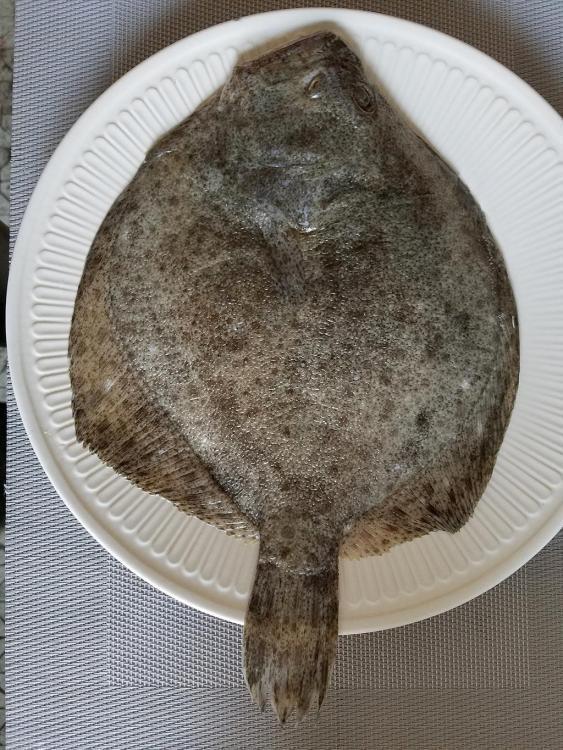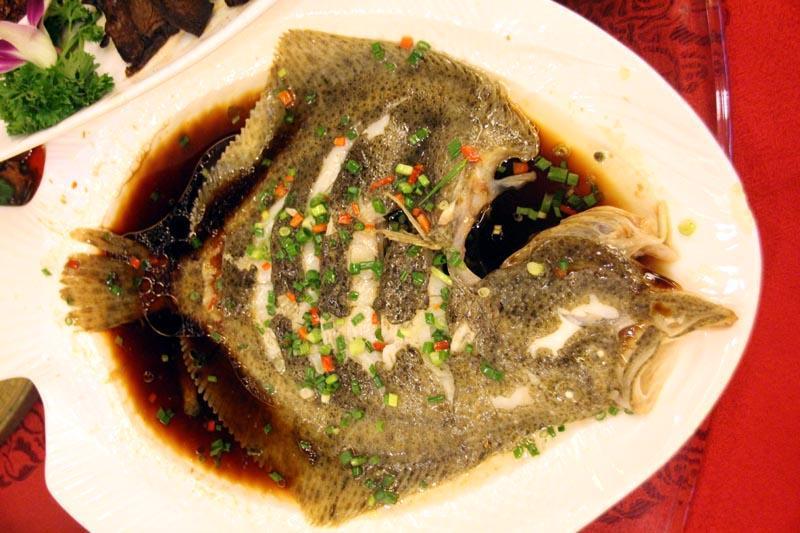When I arrived in China 28 years ago, I was surprised to see a fish I recognised, but couldn’t afford! What I was looking at in a Beijing supermarket was S: 多宝鱼; T: 多寶魚 (duō bǎo yú), Scophthalmus maximus or Psetta maxima, Turbot.

What surprised me was not so much the price but that I knew it was a European native found in its greatest numbers around the coast of Britain and at the eastern end of the English Channel, but in lesser quantities by Mediterranean coasts – certainly not in eastern Asia.

Distribution of wild turbot: AquaMaps (2019, October). Computer generated distribution maps for Scophthalmus maximus (Turbot), with modelled year 2050 native range map based on IPCC RCP8.5 emissions scenario. Retrieved from https://www.aquamaps.org.
The price, which I can’t precisely remember, was astronomical, but it seemed some people appreciated it enough pay for it to be flown in from Europe. But then, the Chinese literally means ‘many treasures fish’.
Today, it is farmed here and, although not exactly cheap, is affordable. Around ¥66 / $9.12 USD for a 500g / 18 oz whole fish.
I’ve only eaten it in one way in restaurants – steamed with soy sauce, although I’ve pan fried it at home.

Steamed Soy Sauce Turbot in a Hunan restaurant in 2016



